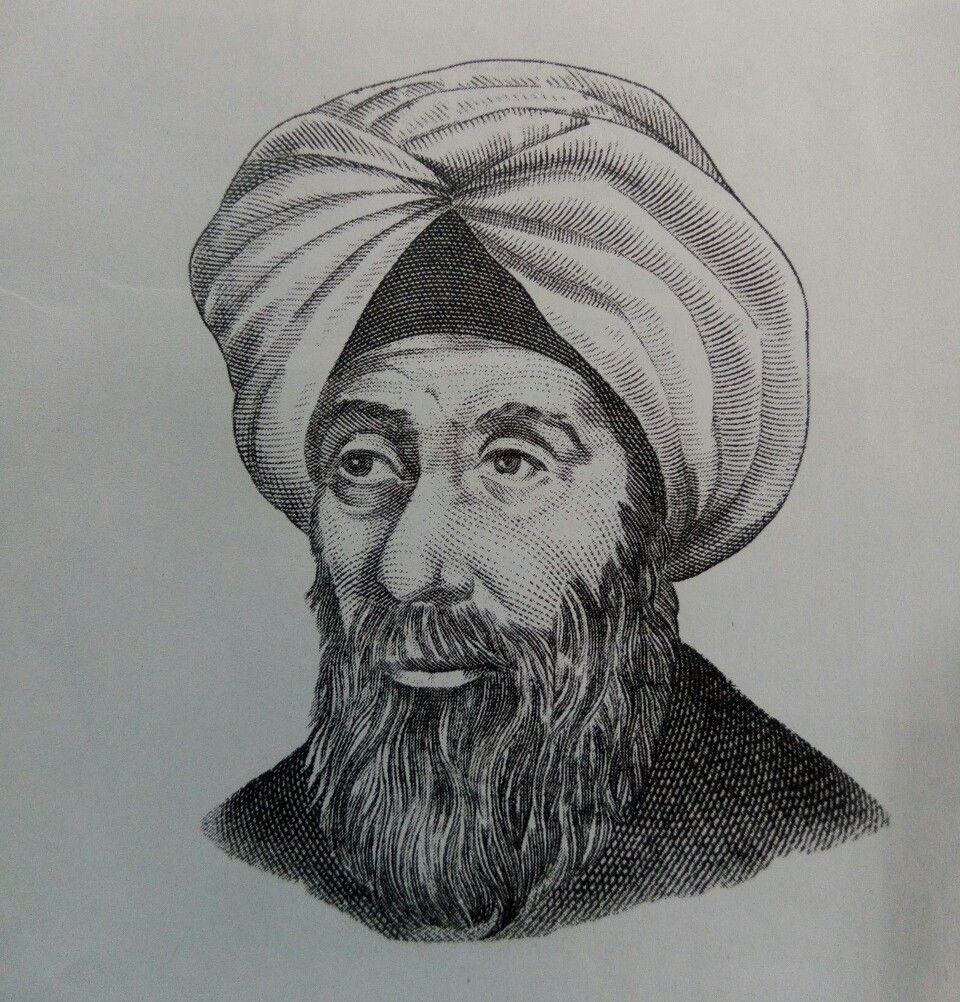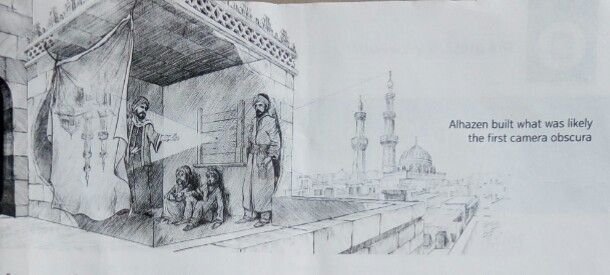ALHAZEN
you may not have heard of Abū'Alíal-Hasan ibn al-Haytham. In the west he is known as Alhazen, a latinized form of his Arabic first name, al-Hasan. In all likelihood, though you benefit from his lifework. He has been described as "one of the most important and influential figures in the history of science".
alhazen was born in Basra, now in Iraq, about 965C.E. His interest included astronomy, chemistry, mathematics, medicine, music, optics, physics and poetry. What in particular do we have to thank him for?
A DAM ON THE NILE
A story about Alhazen has circulated for a long time. It concerns his plan to regulate the flow of the Nile River almost 1,000 years before the project was actually carried out at Aswân in 1902.
As the story goes, Alhazen laid out ambitious plans to alleviate the cycle of floods and droughts in Egypt by damming the Nile. When Cairo's ruler, Caliph al-Hakim, heard of the idea, he invited Alhazen to Egypt to build the dam. Yet, on seeing the river with his own eyes, Alhazen knew that the project was beyond him. Fearing punishment from this notoriously unstable ruler, Alhazen pretended to be in sane until the Caliph died some 11 years later, in 1021. In the meantime, Alhazen had plenty of leisure time to pursue other interests while confined for his feigned mental illness.
THE BOOK OF OPTICS
By the time of his release, Alhazen had written most of his seven-volume Book of Optics, considered to be "one of the most important books in the history of physics." In it he discussed experiments into the nature of light, including how light splits into its constituent colors, reflects off mirrors, and bend when passing from one medium into another. He also studied visual perception and the anatomy and mechanics of the eye.
By the 13th century, Alhazen's work had been translated from Arabic into Latin, and for centuries thereafter, European scholars cited it as an authority. Alhazen's writings on the properties of lenses thus laid essential groundwork for European eye glass makers who, by holding lenses one in front of another, invented the telescope and microscope.
THE CAMERA OBSCURA
alhazen identified the principle that underpin photography when he built what could amount to the first camera obscura on record. this enclosure consisted of a "dark room" into which light entered through a pinhole-size aperture, projecting an inverted image of what lay outside onto a wall inside the chamber.
In the 1800's, photographic plates were added to the camera obscura to capture images permanently. The result? The camera. All modern cameras-and indeed the eye itself-use the same physical principle as the camera obscura.
THE SCIENTIFIC METHOD
an outstanding aspect of Alhazen's work was his meticulous and systematic research into natural phenomena. His approach was most unusual for his day. He was one of the first investigators to test theories by experimentation, and he was not afraid to question accepted wisdom if the evidence did not back it up.
A tenet of modern science can be summed up by the dictum: "prove what you believe!" some consider Alhazen to be "the father of the modern scientific method." On that basis, we have much to thank him for.

Hi! I am a robot. I just upvoted you! I found similar content that readers might be interested in:
https://www.jw.org/en/publications/magazines/awake-no6-2017-december/alhazen-called-first-true-scientist/
Downvoting a post can decrease pending rewards and make it less visible. Common reasons:
Submit
Thank you
Downvoting a post can decrease pending rewards and make it less visible. Common reasons:
Submit